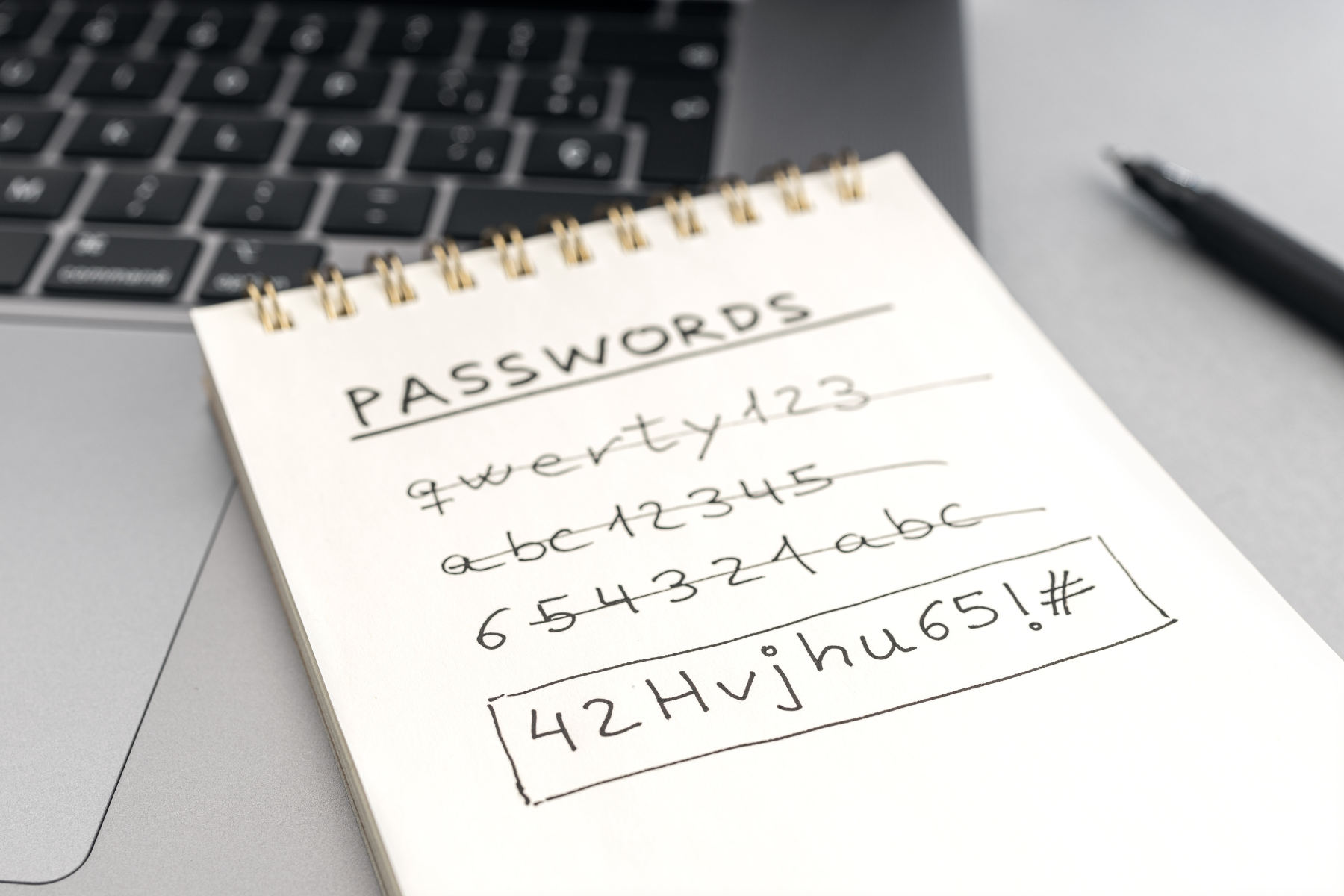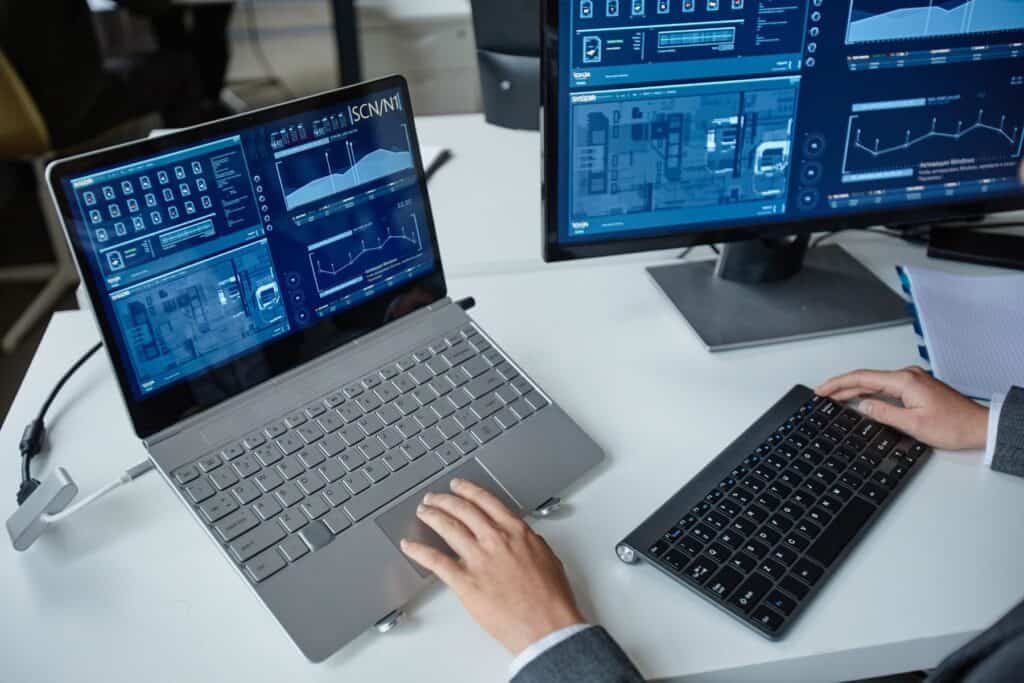Photo by fotodestock Photo On Envato Elements
In today’s increasingly connected world, digital information security has never been more important. Yet despite the growing threats, an alarming 75% of people globally don’t follow password best practices. This gap in security practices leaves individuals and businesses vulnerable to data breaches, identity theft, and financial loss.
The Alarming State of Password Security
The statistics paint a concerning picture of our collective password habits:
- 30% of people still use simple, easily guessable passwords to protect their digital accounts
- 52% of Americans reported having their password stolen in the past year
- 41% believe their password was compromised due to weakness, while 38% attribute the theft to password reuse across multiple platforms
- Passwords are implicated in 85% of hacking-related breaches in 2025
Perhaps most concerning is that “123456” remains the most commonly used password in 2025, used by over 4.5 million people online and requiring less than one second to crack.
Common Password Mistakes to Avoid
Many of us make the same password mistakes without realizing how vulnerable they make us:
- Using short passwords: Nearly 54% of Americans use passwords with just eight characters or fewer. Longer passwords are exponentially more difficult to crack.
- Reusing passwords: Employees use the same password an average of 13 times across different accounts, creating a domino effect if one account is compromised.
- Including personal information: 59% of US adults use birthdays or names in their passwords, with 22% using their own name and 33% using a pet’s name.
- Using predictable patterns: Common patterns like “abc123” or keyboard patterns like “qwerty” are among the first combinations hackers try.
- Neglecting to update passwords: Many users keep the same passwords for years, even after learning about breaches affecting their accounts.
Building Stronger Passwords: A Step-by-Step Guide
- Length is Strength
Create passwords that are at least 12 characters long. Each additional character exponentially increases the time needed to crack your password. A 6-character password can be cracked in minutes, while a 12-character password could take years.
- Mix It Up
Use a combination of:
- Uppercase letters
- Lowercase letters
- Numbers
- Special characters (@, #, $, %, etc.)
- Consider Using Passphrases
Instead of traditional passwords, try creating passphrases—strings of random words with numbers and special characters. For example, “correct-horse-battery-staple-42!” is both easy to remember and difficult to crack.
- Implement a Password Manager
Password managers are specialized tools that securely store all your login credentials in an encrypted vault. Here’s why they’re essential:
- They generate complex, unique passwords for each of your accounts
- You only need to remember one master password
- Many offer secure password sharing for families or teams
- Most provide breach monitoring to alert you if your information appears in a data leak
In fact, users with password managers experienced 50% less identity theft than those without them, yet only 36% of American adults currently use one.
- Enable Multi-Factor Authentication (MFA)
Adding MFA creates an additional security layer that dramatically reduces your risk:
- MFA requires something you know (password) and something you have (like your phone)
- Over 99.9% of compromised Microsoft accounts didn’t have MFA enabled
- MFA effectively stops most automated attacks and account takeovers
- Regularly Audit and Update Passwords
Set a schedule to review and update your passwords:
- Change passwords for critical accounts (banking, email) every 3-6 months
- Update passwords immediately if a service announces a data breach
- Use your password manager’s security dashboard to identify weak or compromised passwords
The Road to Better Password Security
Improving your password security doesn’t have to be overwhelming. Start with these simple steps:
- Audit your current passwords: Identify which accounts use weak or repeated passwords
- Prioritize your most sensitive accounts: Focus first on banking, email, and work-related accounts
- Implement a password manager: Choose a reputable solution that fits your needs
- Enable MFA wherever possible: Especially for critical accounts
- Create a password update schedule: Set calendar reminders for regular password maintenance
CMIT Solutions: Your Partner in Cybersecurity
At CMIT Solutions of Austin-Central, we understand that cybersecurity can be complex and overwhelming. Our team of experts can help you implement robust password policies and security measures that protect what matters most—your data and digital identity.
We offer comprehensive cybersecurity services including:
- Password management solutions for individuals and businesses
- Multi-factor authentication setup and management
- Security awareness training for employees
- Regular security assessments to identify vulnerabilities
- Ongoing monitoring and support to keep you protected
In today’s threat landscape, protecting your digital information isn’t just about having strong passwords—it’s about implementing a comprehensive security strategy. Let CMIT Solutions of Austin-Central help you strengthen your defenses and achieve peace of mind.
Contact us today to learn more about how we can help secure your digital life and business.




